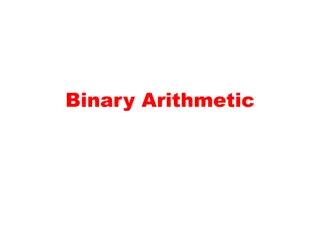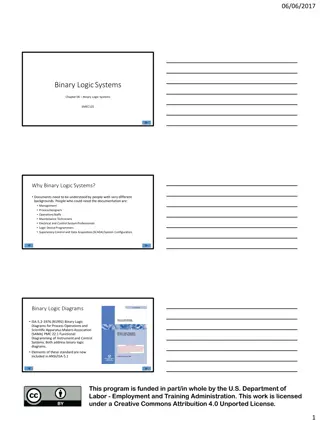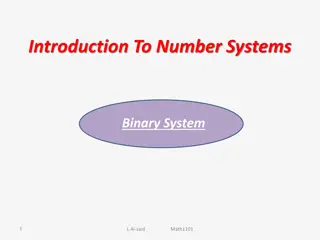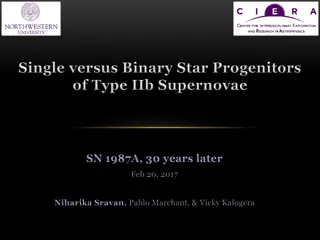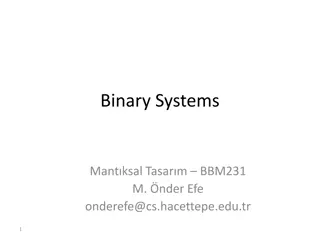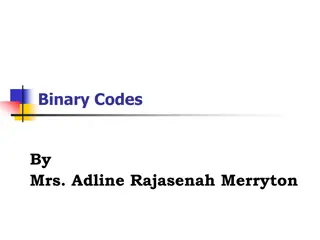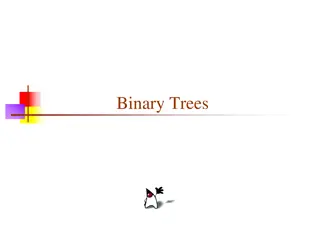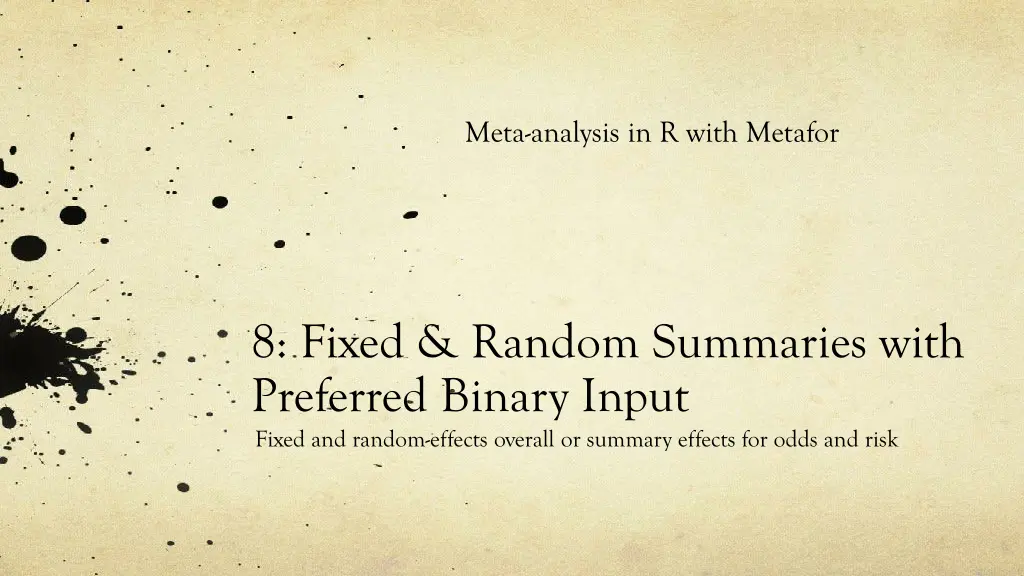
Conducting Meta-analysis in R Using Metafor Package
Learn how to conduct meta-analysis in R using the Metafor package for fixed and random effect summaries, odds, and risk analysis. Understand overall or summary effects, preferred binary input formats, and dealing with empty cells in studies.
Download Presentation

Please find below an Image/Link to download the presentation.
The content on the website is provided AS IS for your information and personal use only. It may not be sold, licensed, or shared on other websites without obtaining consent from the author. If you encounter any issues during the download, it is possible that the publisher has removed the file from their server.
You are allowed to download the files provided on this website for personal or commercial use, subject to the condition that they are used lawfully. All files are the property of their respective owners.
The content on the website is provided AS IS for your information and personal use only. It may not be sold, licensed, or shared on other websites without obtaining consent from the author.
E N D
Presentation Transcript
Meta-analysis in R with Metafor 8: Fixed & Random Summaries with Preferred Binary Input Fixed and random-effects overall or summary effects for odds and risk
Overall Summary The Metafor program uses inverse variance weights to combine study ES into an overall or summary effect size You can specify Fixed (common) effects analysis or Random (varying) effects analysis If RE, you can choose from several methods for estimating the random effects variance component (REVC). Different REVC, weight, summary. Themethodstatement specifies both fixed or random and which REVC estimator you want The effect sizes input to metafor may be transformed in various ways Themeasureoption tells metafor what transformation you want If you use preferred input format, you can use measure; otherwise use generic input
Binary Data Most outcome studies in medicine and epidemiology compare success and failure (number of events and non-events) in two conditions, which results in a two-by-two table. The number of cases should be counted and recorded for each cell (A, B, C, D) of the design. The labels that Metafor uses are shown in the table below. Note that n1i = ai+bi and n2i = ci+di. Event ai Non-event bi Totals n1i Treatment group Control group ci di n2i
measure= If you input sample sizes for ai, bi, ci, and di; or if you input ai and n1i, ci and n2i, then you can instruct Metafor to compute the following using measure=: RR Risk ratio = log[(ai/n1i)/(ci/n2i)] OR Odds ratio = log[(ai/bi)/(ci/di)] RD Risk difference = (ai/n1i) (ci/n2i) AS arcsine transformed risk difference = asin(sqrt(ai/n1i)) asin(sqrt(ci/n2i)) PETO log odds ratio estimated with Peto s method
Empty Cells For studies with small samples or rare events, some of the cell frequencies (ai, bi, ci, di) may be zero. This presents a problem for the analysis. Your choices in Metafor are to leave it alone, to add a small number to every cell in the analysis, or to add a small number to tables that contain one or more cells with zero frequency. The add command. You may input add=number, e.g., add = .5. Metafor will add the number you specify to cells specified by the to command. The to command. You may specify either to = all , which add the value of add to every cell in every table in the analysis, or to = only0 , which adds the value of add to very cell in any table that contains at least one zero entry. If you leave it alone, and there is table where there is division by zero, the result is missing for that table.
R code: Mindfulness study manufactured data 1 Measure= OR , method = DL 2 Measure= RR , method= DL 3 Measure= OR , method= DL , add=.5, to = all 4 Measure= OR , method= DL , add=.5, to = only0 5 Measure= OR , method= REML , add=.5, to= only0 6 Measure= OR , method= FE , add=.5, to= only0





